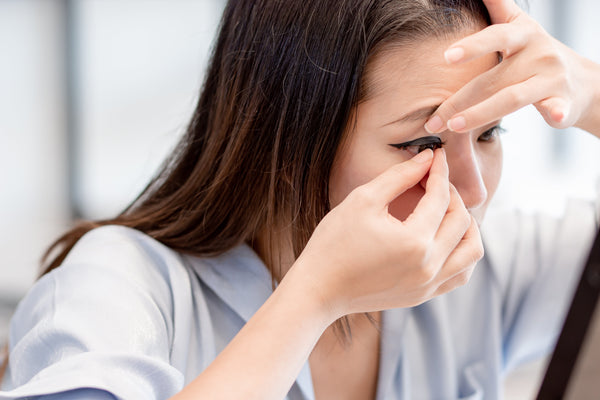
The climate is getting warmer and islands of plastic waste are choking the world’s oceans. It might sound trivial in comparison, but we do our bit by recycling our contact lenses. Here’s how.
We’re all in the habit of recycling our household waste: separating out glass, plastic, paper and cans to help the environment. But you might not have realised that you can also recycle your contact lenses.
Yes, contact lenses are tiny compared to plastic water bottles, but it all adds up. Globally, at least 150 million people wear contact lenses¹. That’s a lot of lenses. Most of which are made of semi-plastic materials called hydrogels.
Unfortunately, contact lenses can’t be put in your usual household recycling bin. But the good news is that Leightons offers a recycling service in store!
What can I recycle at Leightons?
Can I recycle contact lenses from any brand?
Yes; any brand of soft disposable lenses can be recycled.
Can I recycle my daily contact lenses?
Yes; daily, two-weekly and monthly lenses can all be recycled. And it’s no matter if they’ve dried up!
Can I recycle my old contact lens cases?
Yes; all brands of blister packs can be recycled with us in store.
Can I recycle contact lens packaging?
Yes; even the foil from the packaging can be recycled with us, no matter what brand of lenses you use.
Can I bring in my empty solution bottles?
No; unfortunately, we’re unable to recycle solution bottles in store. Please dispose of these with your usual household waste. Refer to the solution bottle label for exact recycling instructions. Currently, we can only recycle contact lenses and their packaging.

Why is recycling important?
Since plastics take decades or even hundreds of years to naturally biodegrade, recycling helps to reduce their impact on the environment. Recycling means that plastics, and other materials such as metals, can be re-formed into new products to be used again.
At Leightons we are committed to looking after our planet – we know that every little helps when it comes to achieving a cleaner, greener world.
So, instead of throwing your used lenses and their packaging in the bin, why not save them up and visit our easy in-store recycling point? Give us a call on 0800 40 20 20, or visit your nearest Leightons branch.








